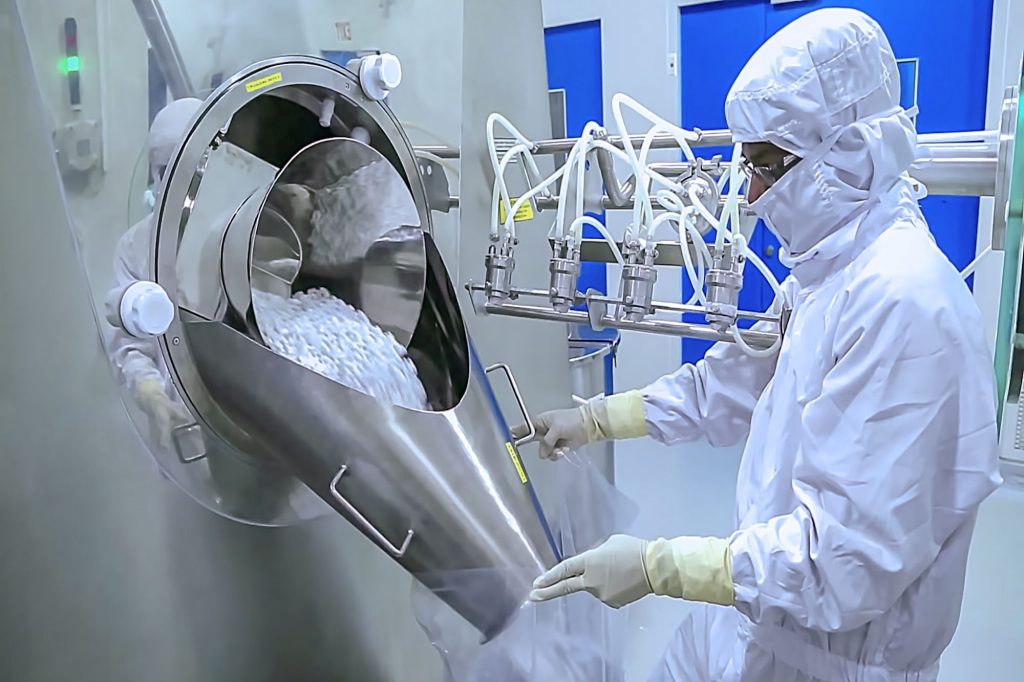
Modern pharmaceutical cleanroom facility with controlled environment and monitoring systems
Walk into any modern pharmaceutical manufacturing facility, and you’re entering one of the most controlled environments on Earth. Every breath of air, every surface, and every degree of temperature is meticulously monitored. But why? The answer is simple: patient safety. When human health is on the line, there’s no room for error.
Environmental monitoring systems are the invisible guardians of pharmaceutical quality, continuously watching temperature, humidity, and room pressures to ensure safe, effective medicines. These aren’t just nice-to-have upgrades—they’re regulatory requirements backed by decades of scientific research and real-world experience.
The Regulatory Reality: Why Compliance Isn’t Optional
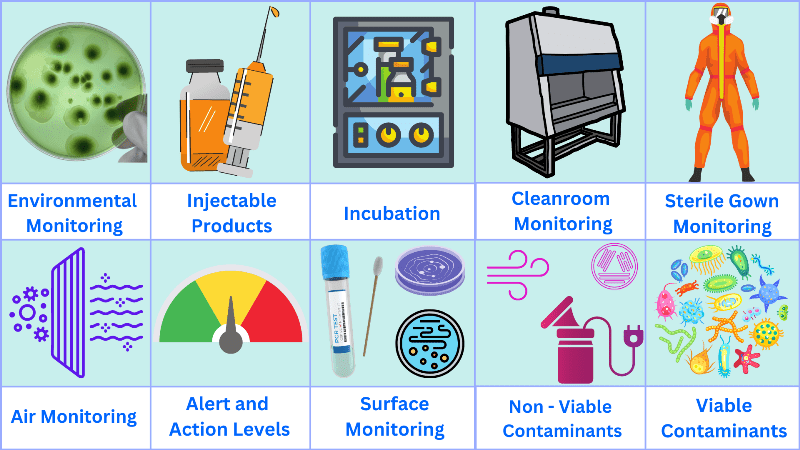
Environmental monitoring encompasses multiple parameters critical for pharmaceutical quality control
When the FDA, WHO, and ISO all agree that environmental monitoring is essential, you know it’s serious business. These agencies don’t make requirements lightly—they’re based on scientific evidence and lessons learned from manufacturing failures that could have been prevented.
FDA: The Foundation of American Pharmaceutical Quality
The FDA’s guidance on sterile drug products establishes clear expectations for environmental monitoring in pharmaceutical manufacturing [1]. According to their comprehensive guidance document, environmental monitoring data provides critical information about manufacturing environment quality, with each sample result evaluated as part of understanding how well facilities maintain controlled conditions necessary for safe drug production.
“Environmental monitoring data will provide information on the quality of the manufacturing environment. Each individual sample result should be evaluated as part of a comprehensive understanding of how well your facility is maintaining the controlled conditions necessary for safe drug production.”
— FDA Guidance for Industry: Sterile Drug Products
What makes the FDA’s approach compelling is their focus on risk-based monitoring. They don’t just tell you to monitor everything—they want you to understand your facility, identify critical control points where environmental conditions could impact product quality, and design programs that provide meaningful data about those risks [1].
💡 Key Insight
The FDA recognizes that robust environmental monitoring programs will occasionally detect environmental pathogens, and this detection capability is actually a feature, not a bug [2]. A monitoring system that never finds anything might not be looking hard enough or in the right places.
WHO: Global Standards for Environmental Control
The World Health Organization takes a comprehensive approach in their technical report on sterile pharmaceutical manufacturing [3]. WHO emphasizes that sterile preparation production should occur in clean areas with controlled entry through airlocks, maintained to appropriate cleanliness standards with properly filtered air.
WHO’s risk-based categorization distinguishes between terminally sterilized products and those conducted aseptically, helping manufacturers understand that monitoring requirements should match the risk profile of specific manufacturing processes [3]. They view environmental monitoring as an integrated component of broader quality management, not a standalone requirement.
ISO: Technical Foundation for Environmental Control
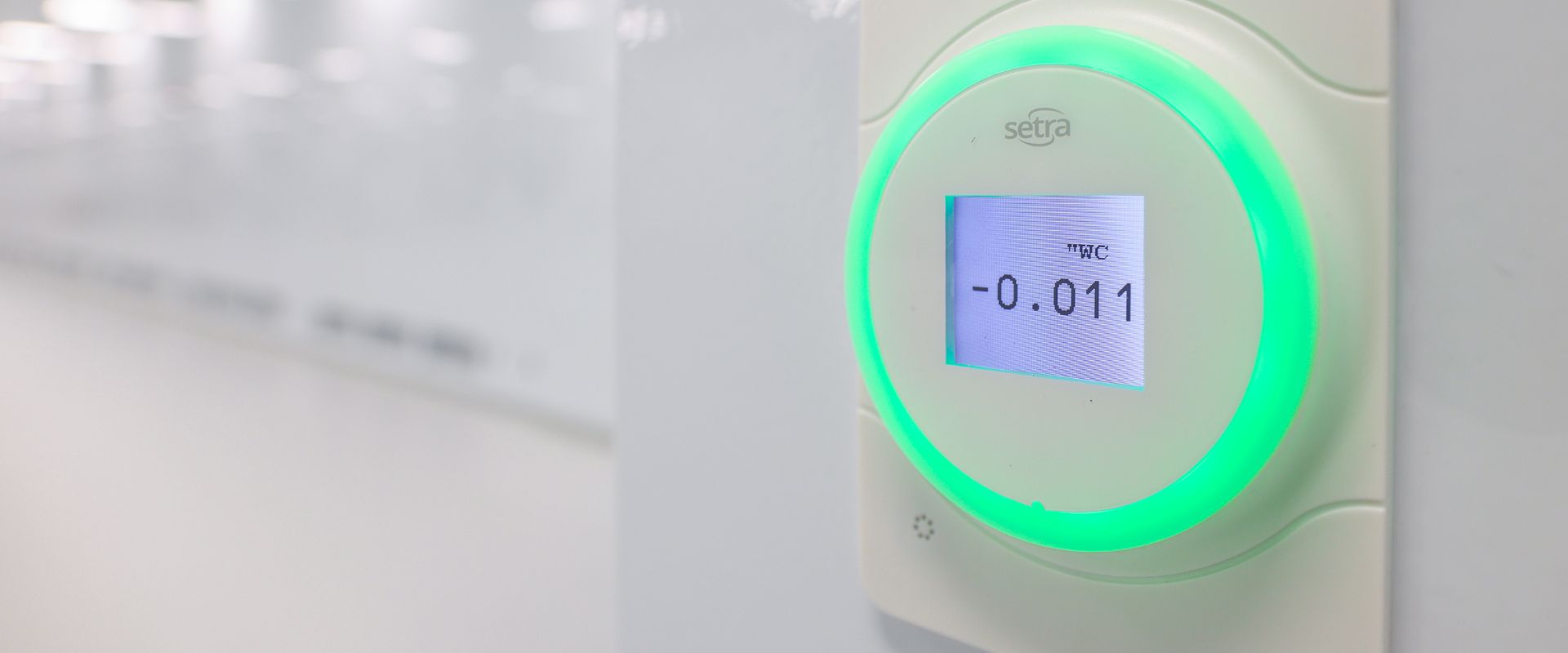
Modern cleanroom monitoring systems integrate multiple environmental parameters for comprehensive control
ISO standards provide the technical backbone through ISO 14644-2:2015, which specifies minimum requirements for monitoring cleanroom performance related to air cleanliness by particle concentration [4]. This standard covers particle sizes from 0.1 µm to 5 µm, providing specific technical criteria for designing and validating monitoring systems.
ISO 14698-1:2003 complements particle monitoring by establishing biocontamination control principles, addressing airborne contamination, surface contamination, and contamination in liquids [5]. Together, these standards provide a comprehensive framework for understanding and controlling contamination risks.
The Science: Why Temperature, Humidity, and Pressure Matter
Understanding environmental monitoring requirements goes beyond compliance—it’s rooted in fundamental scientific principles governing pharmaceutical product quality, safety, and efficacy.
🌡️ Temperature Control: Chemical Stability Foundation
Temperature control isn’t about comfort—it’s about maintaining chemical and physical stability of active pharmaceutical ingredients throughout manufacturing. Even small temperature variations can trigger chemical reactions that degrade active ingredients, alter potency, or create harmful impurities.
Temperature monitoring becomes critical in sterile manufacturing environments, where elevated temperatures accelerate microorganism growth that could contaminate products. Modern facilities often maintain different temperature zones for different activities—raw material storage, active manufacturing, and finished product storage—requiring sophisticated monitoring systems that maintain and monitor multiple zones simultaneously.
💧 Humidity Control: Managing Moisture for Product Integrity
Humidity control is a complex balancing act. Too much humidity promotes microbial growth, causes hygroscopic materials to absorb moisture and change properties, or creates contaminating condensation. Too little humidity causes static electricity buildup, dust problems, or material drying that changes characteristics.
WHO Recommendation
≤60%
Relative humidity to prevent microbial growth [6]
WHO guidelines recommend maintaining relative humidity at 60% or lower to prevent microbial growth [6], but this must be balanced against specific manufacturing process requirements. Humidity monitoring becomes particularly critical for hygroscopic products that readily absorb moisture and can change chemical composition, physical properties, or dissolution characteristics if exposed to inappropriate humidity levels.
🌪️ Pressure Differentials: Controlling Contamination Flow
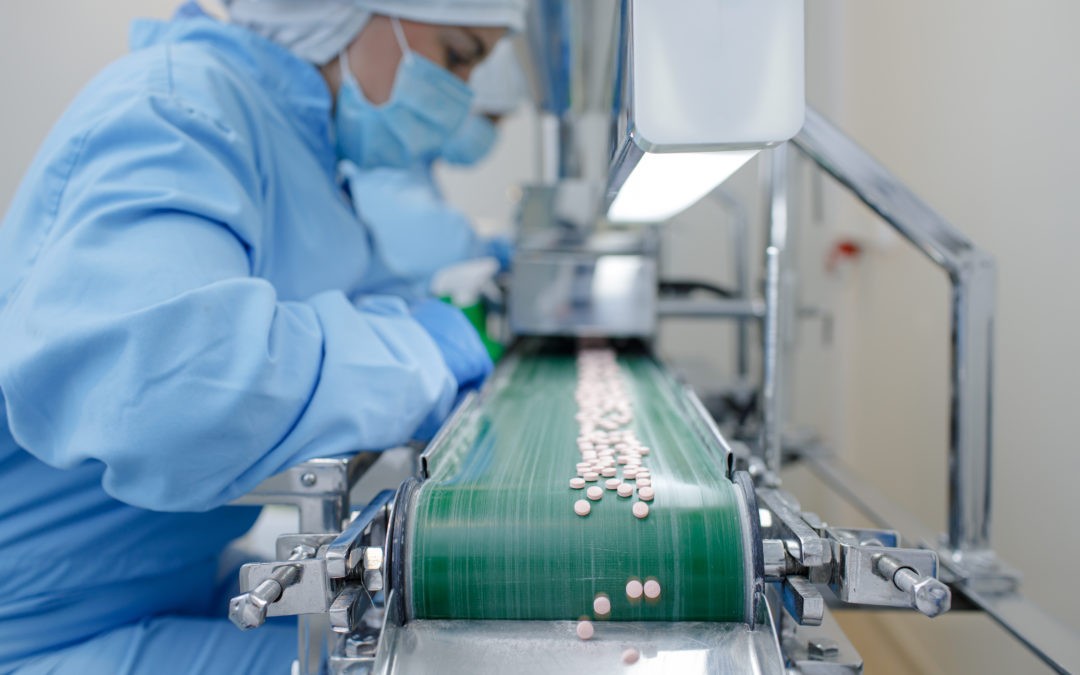
Cleanroom workers rely on proper pressure differentials to maintain contamination control
Room pressure monitoring creates controlled airflow patterns preventing contaminated air from flowing into clean areas. Pressure differentials ensure the most critical manufacturing areas maintain the highest environmental quality by creating natural barriers that prevent contamination migration into critical zones.
The FDA emphasizes air filtration and airflow control importance in maintaining clean manufacturing environments [1]. Pressure monitoring systems must detect even small differential changes, as these can indicate HVAC system problems, filter integrity issues, or facility integrity problems that could compromise contamination control.
Real-World Consequences: When Monitoring Fails
⚠️ Critical Impact
Environmental monitoring failures can lead to contamination events resulting in product recalls, regulatory actions, and patient safety risks. When temperature excursions occur in sterile manufacturing areas, they create conditions promoting microbial growth, potentially contaminating entire product batches.
FDA warning letters frequently cite environmental monitoring deficiencies as contributing factors to quality problems. These aren’t just regulatory technicalities—they represent real situations where inadequate monitoring contributed to conditions that could impact patient safety.
Beyond patient safety implications, environmental monitoring failures have severe economic consequences. Product recalls cost millions in direct costs, not including long-term brand reputation and market share impacts. Regulatory actions can result in facility shutdowns, import alerts, and consent decrees taking years and tens of millions to resolve.
Implementation Best Practices
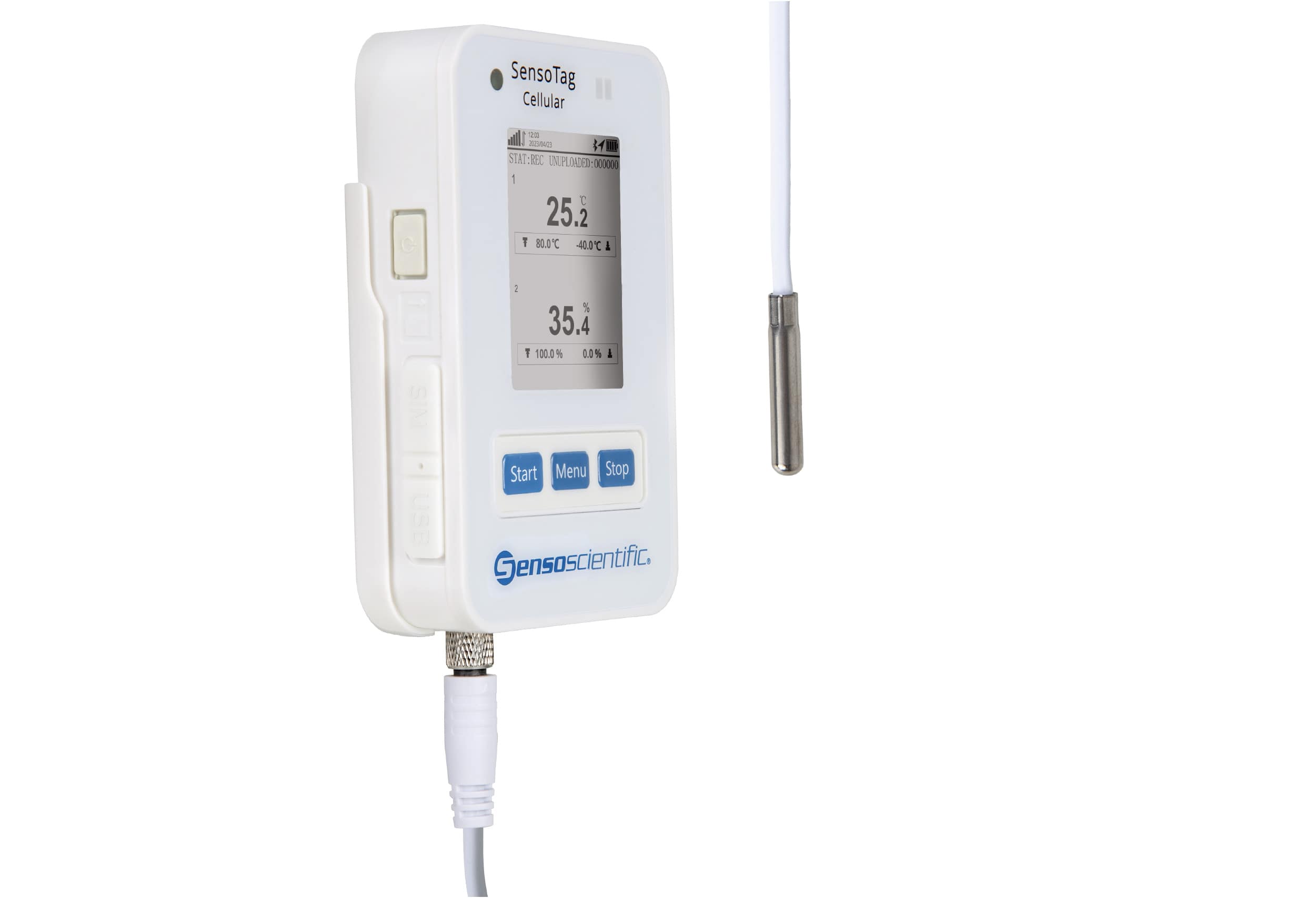
Modern monitoring sensors provide accurate, real-time data for environmental control
Effective environmental monitoring requires systematic approaches considering specific facility risks and requirements, available technology capabilities, and regulatory expectations governing pharmaceutical manufacturing.
Risk-Based Design Approach
The most effective systems use risk-based approaches identifying critical control points where environmental conditions could impact product quality. This starts with thorough understanding of manufacturing processes, product environmental sensitivities, and potential environmental variation sources.
Risk assessment should consider both probability and potential impact of environmental excursions. Some facility areas might have high variation probability but low product quality impact, while others might have low problem probability but catastrophic consequences if problems occur.
Technology Selection and Validation
Modern systems offer wide technological ranges, from simple standalone sensors to sophisticated networked systems integrating with facility management and quality databases. Sensor accuracy is critical in pharmaceutical applications where small environmental variations significantly impact product quality.
Environmental monitoring systems must be properly validated and qualified, including installation qualification (IQ), operational qualification (OQ), and performance qualification (PQ) phases. Ongoing qualification activities include regular sensor calibration, periodic performance checks, and revalidation after significant system changes.
Validation Process
- Installation Qualification (IQ) – Verify correct installation
- Operational Qualification (OQ) – Demonstrate proper operation
- Performance Qualification (PQ) – Prove consistent performance
Organizational Structure and Training
Successful implementation requires clear organizational structure and well-defined responsibilities involving multiple departments—facilities management, quality assurance, production, and maintenance. Comprehensive training programs ensure all personnel understand their roles in maintaining environmental control and responding appropriately to monitoring data.
The Future of Environmental Monitoring
Environmental monitoring systems are becoming increasingly sophisticated, integrated, and intelligent. Advanced analytics and artificial intelligence integration transforms how manufacturers understand and control manufacturing environments, with machine learning algorithms identifying patterns impossible to detect through traditional analysis.
Industry 4.0 and smart manufacturing integration provides environmental data for comprehensive process optimization and quality management. IoT enables new monitoring approaches with wireless sensors, cloud-based data management, and mobile access capabilities providing greater flexibility and functionality than traditional systems.
Conclusion: Strategic Investment in Quality
Environmental monitoring in pharmaceutical manufacturing is far more than regulatory requirement—it’s strategic investment in product quality, patient safety, and business sustainability. The regulatory landscape provides clear frameworks, but successful manufacturers go beyond minimum compliance to create systems providing real business value.
The science demonstrates why temperature, humidity, and pressure monitoring are essential for maintaining controlled conditions necessary for pharmaceutical manufacturing. Real-world consequences of monitoring failures underscore robust system importance and effective response procedures.
🎯 Key Takeaway
Environmental monitoring systems serve as pharmaceutical quality assurance foundations, providing controlled conditions necessary for producing safe, effective medicines. In an industry where patient safety is paramount, environmental monitoring isn’t just good practice—it’s essential for responsible pharmaceutical manufacturing and competitive advantage in an evolving regulatory landscape.
As pharmaceutical manufacturing evolves, environmental monitoring systems become increasingly sophisticated and integrated. Manufacturers investing in advanced capabilities today will be better positioned for future challenges and opportunities.
Ready to Upgrade Your Environmental Monitoring?
Don’t wait for a compliance issue or quality failure to invest in proper environmental monitoring. Contact our experts today to assess your current systems and develop a comprehensive monitoring strategy that protects your products and your patients.
Get Expert Consultation
References
[1] U.S. Food and Drug Administration. (2004). Guidance for Industry: Sterile Drug Products Produced by Aseptic Processing — Current Good Manufacturing Practice.
[2] U.S. Food and Drug Administration. (2023). Environmental Sampling.
[3] World Health Organization. (2011). WHO good manufacturing practices for sterile pharmaceutical products. WHO Technical Report Series, No. 961, Annex 6.
[4] International Organization for Standardization. (2015). ISO 14644-2:2015 – Cleanrooms and associated controlled environments — Part 2: Monitoring to provide evidence of cleanroom performance related to air cleanliness by particle concentration.
[5] International Organization for Standardization. (2003). ISO 14698-1:2003 – Cleanrooms and associated controlled environments — Biocontamination control — Part 1: General principles and methods.
[6] World Health Organization. Temperature and humidity monitoring systems for fixed storage areas.
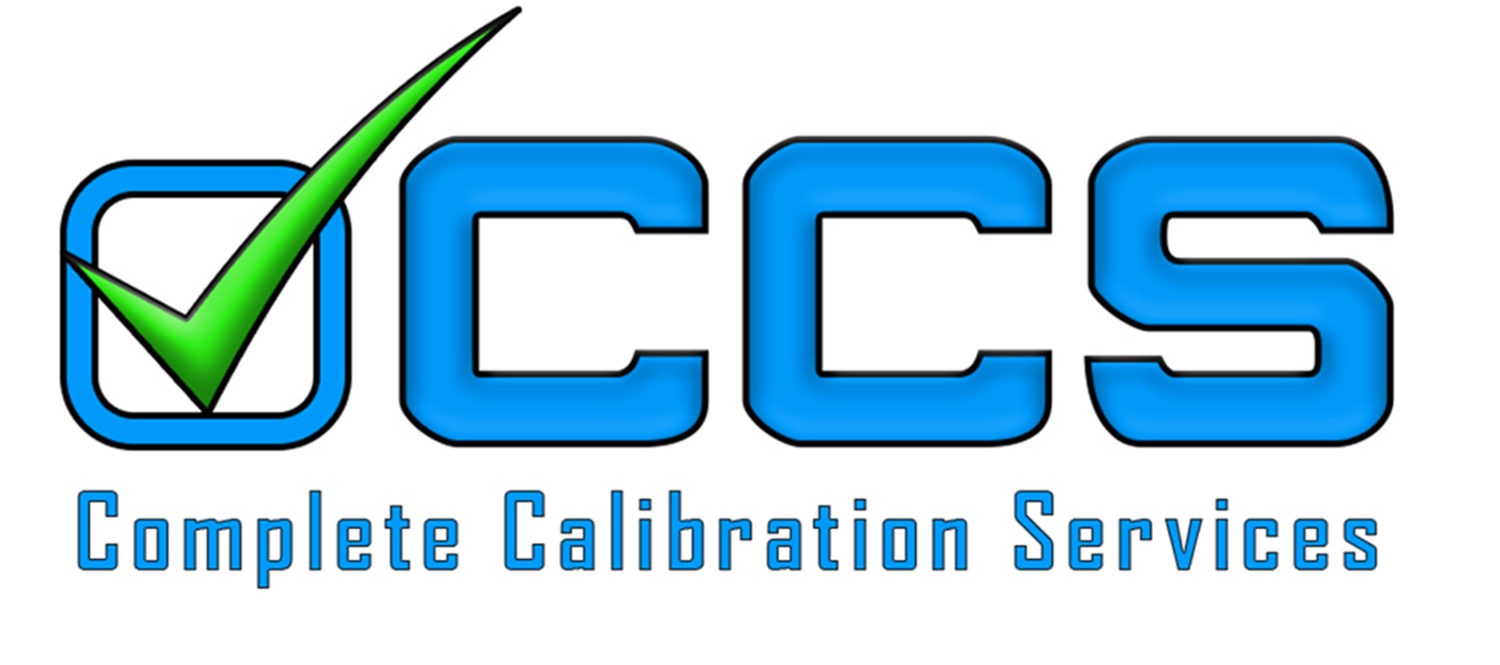

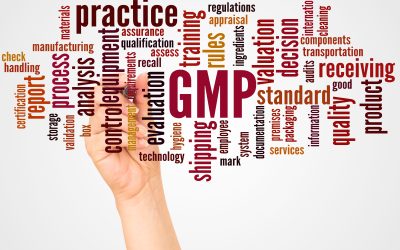
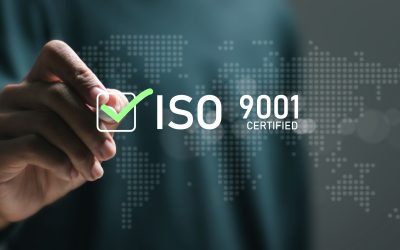

0 Comments